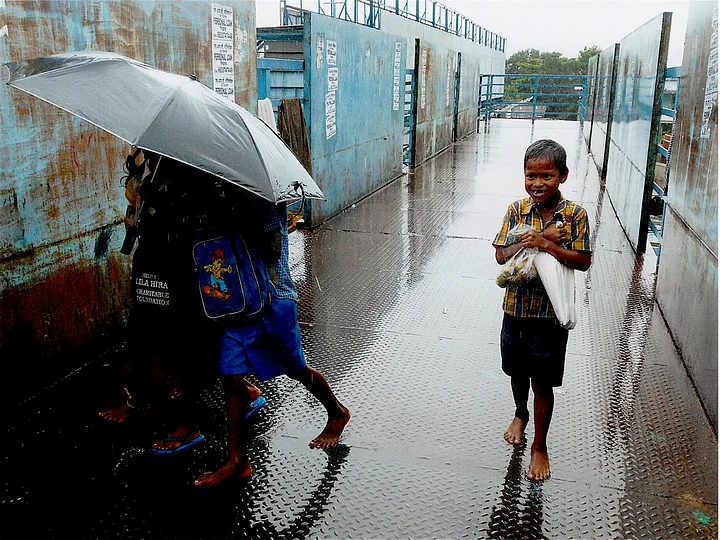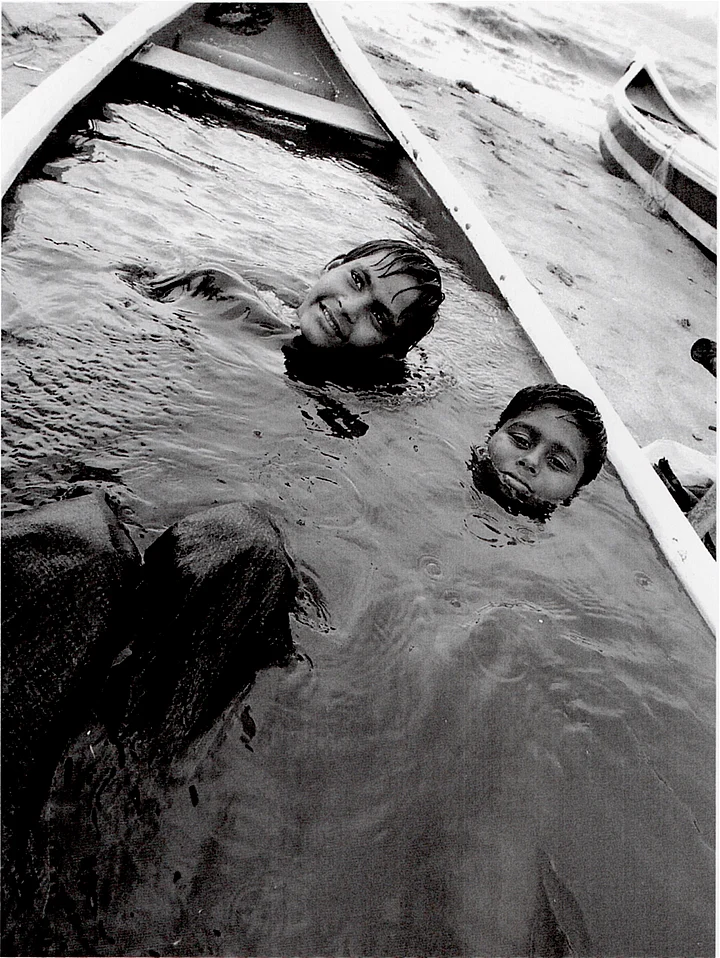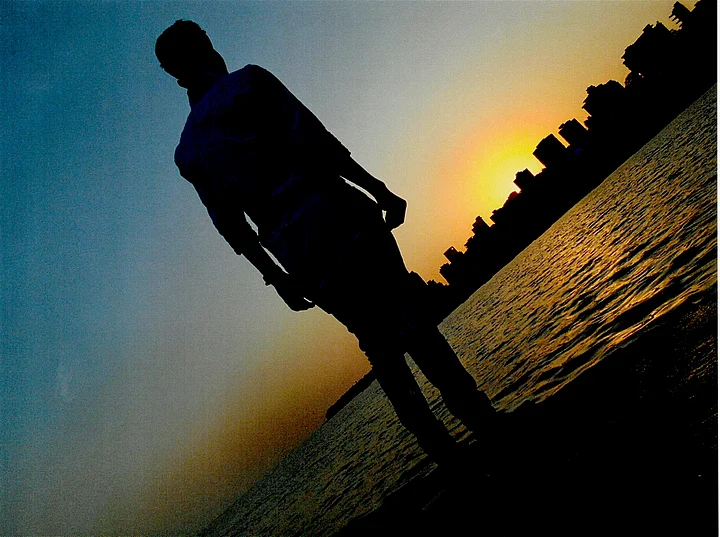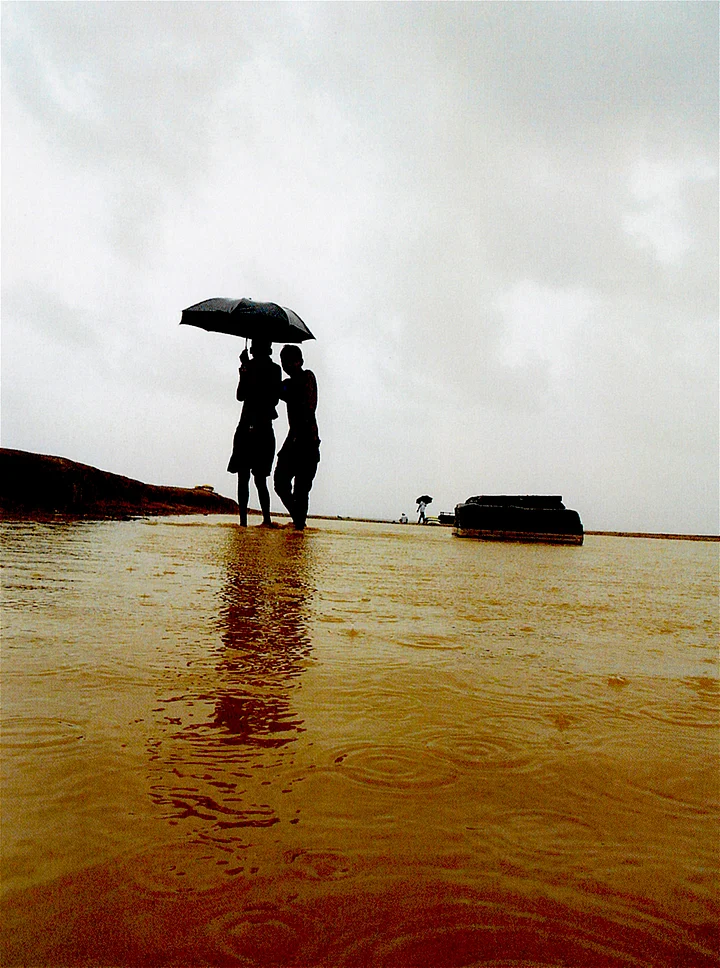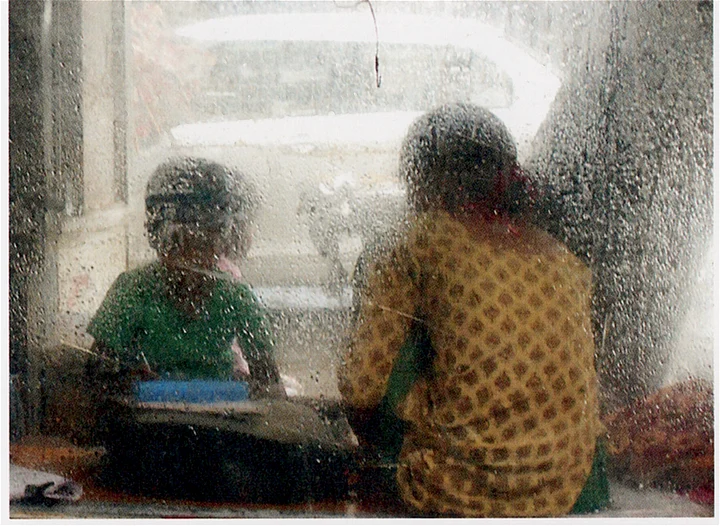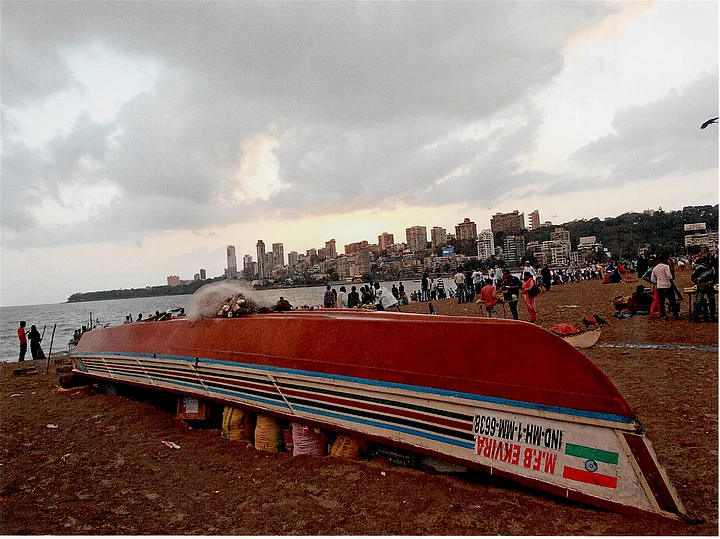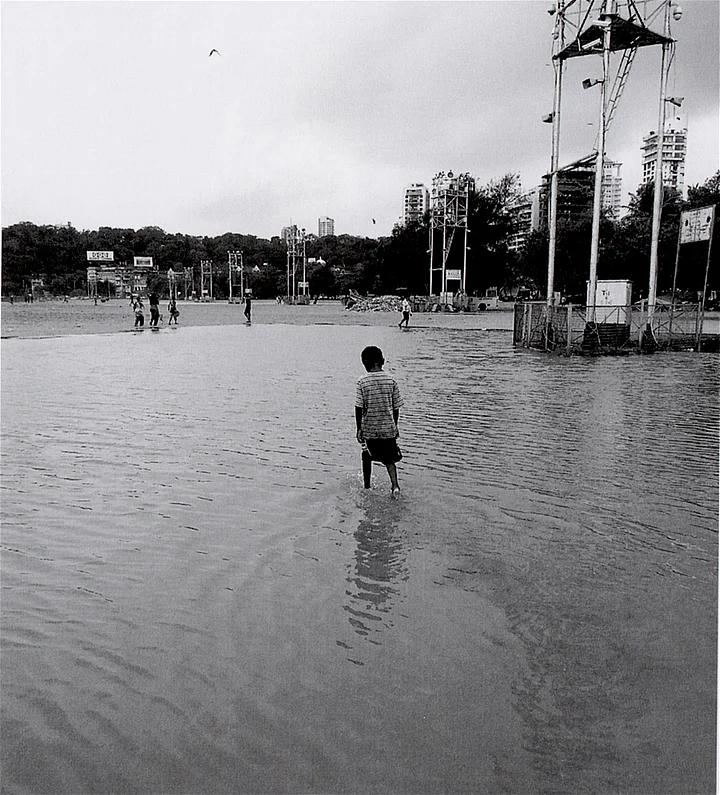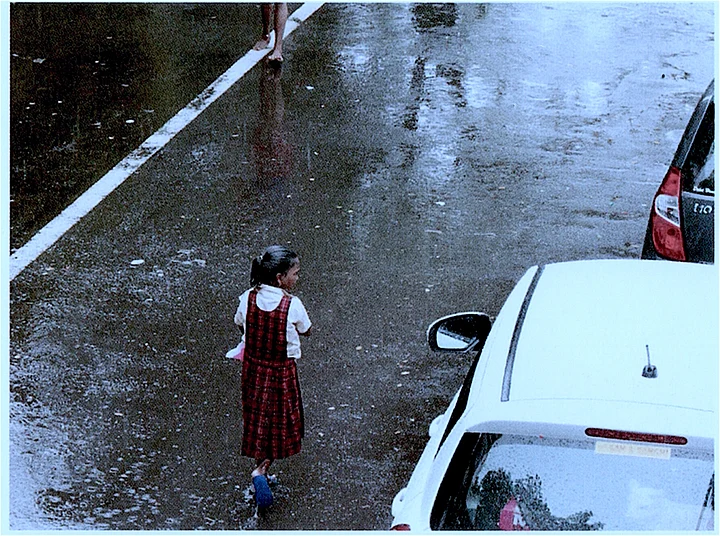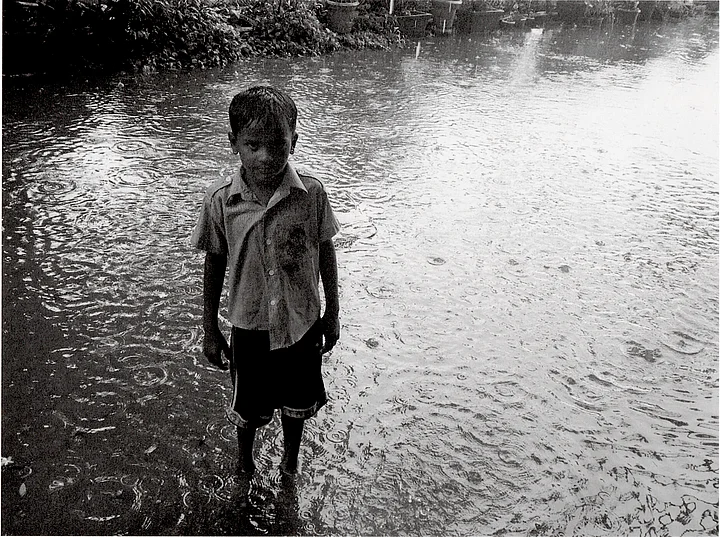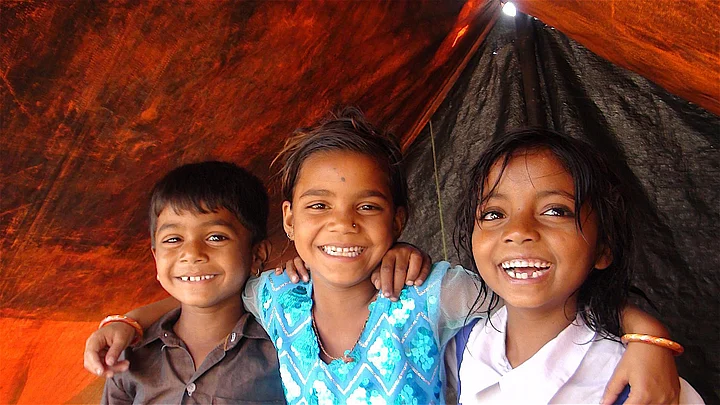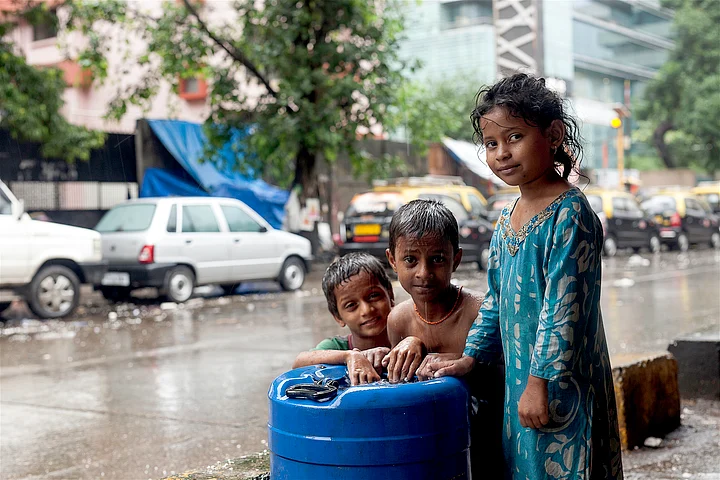On an excruciatingly modest estimate, the Mumbai streets are inhabited by 4 lakh homeless children. Multiply the number by four and you might be closer to the real picture.
Of them, a lively group of under-teens survive by sheer pluck and bravado at the ultra-busy Haji Ali durgah traffic junction. To earn their daily vada paav, they break into hip-hop to the sound of traffic music, sell paperback novels and magazines, or just mind nimboo paani stalls.
At Haji Ali and elsewhere in the city and suburbs, the children it would seem of a lesser god are emblematic of Mumbai’s famed spirit of resilience. Encounters with the kids, down the last five years, indicate that they’re keen to get educated, find job placements and are drawn especially by the impossible dream of attaining Bollywood stardom.
Most are enrolled in municipal schools but cannot attend classes regularly since they have to eke out a daily living, which isn’t easy, since the police and the civic authorities are wont to treating them, alas, as unnecessary evils.
They like being photographed – although some of the more seasoned ones will insist, “Pehle paisa do, phir photo khincho,” since they are clicked frequently by tourists and photo journalists.
Assign some of them to click photos, and they’re thrilled to capture the open city, underscoring the images with an extraordinary personal texture. On World Photography Day today, their clicks may not trend on websites, Instagram and what have you.
Here, then, are spontaneous takes on Mumbai affording an insight into the city during its rain-whipped monsoon months culled from a Kids in Focus Project. This was undertaken by Iyanah Bativala at a point when she was a class 11th student at Bombay International School, and was supported by the Tata group and the Salaam Baalak Trust.
According to Iyana Bativala, 10 children were empowered with five point and shoot cameras and a desktop computer. The project involved teaching the children the basics of how to use the camera and download their photographs. Moreover interaction sessions were organised with guest photographers.
Of the ten photographers, Nagraj Mallappa’s story is heart-wrenching. He was gifted a camera for keeps soon after the project. Clearly, Nagraj has the requisite talent and an eye for catching moments. But his camera has gone missing. It could have been stolen.
Also included are representative clicks by two, still-to-become-professional photographers who’re constantly on the alert to catch expressive images of children on the mean streets of Mumbai.
(The writer is a film critic, filmmaker, theatre director and a weekend painter)
(At The Quint, we question everything. Play an active role in shaping our journalism by becoming a member today.)

